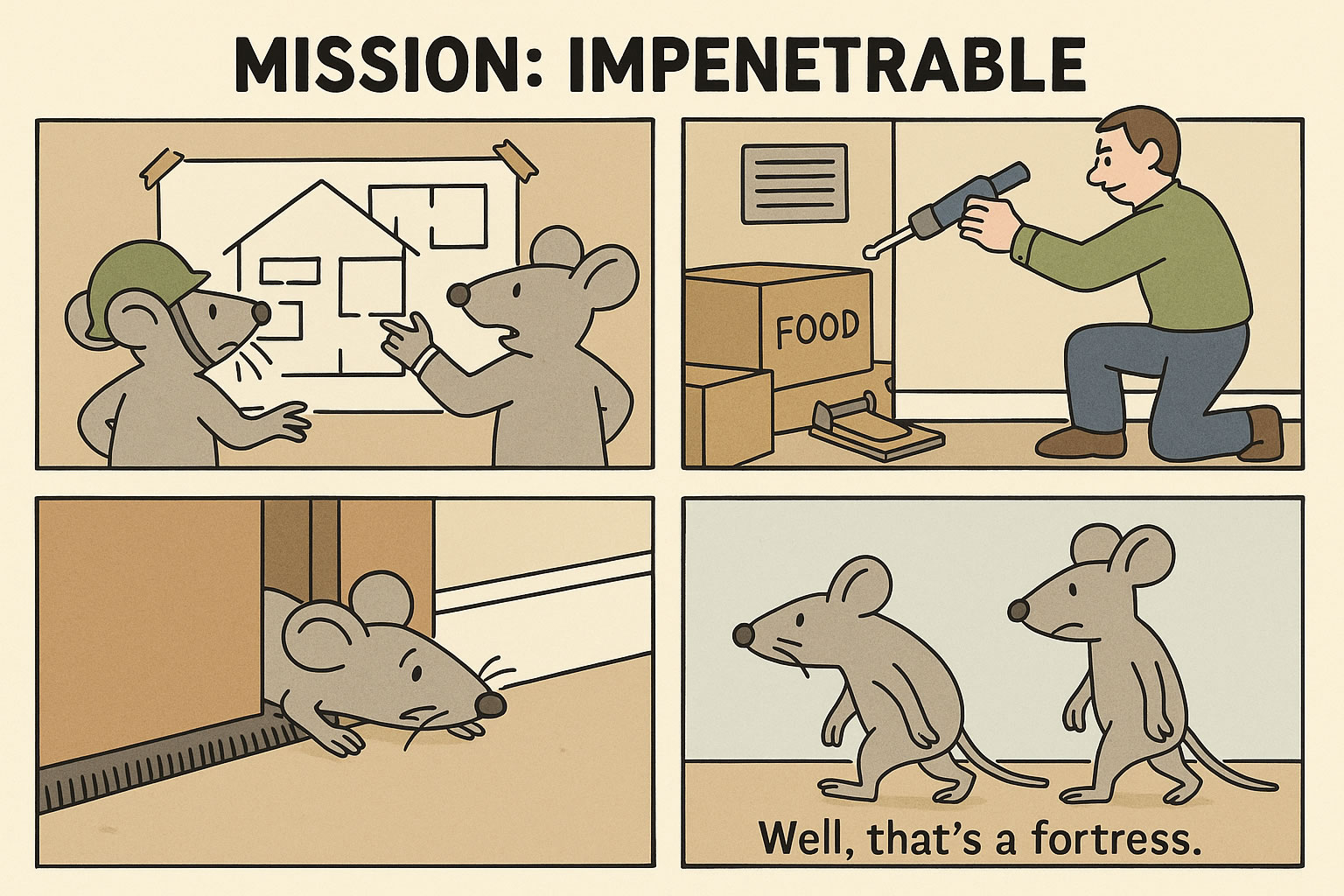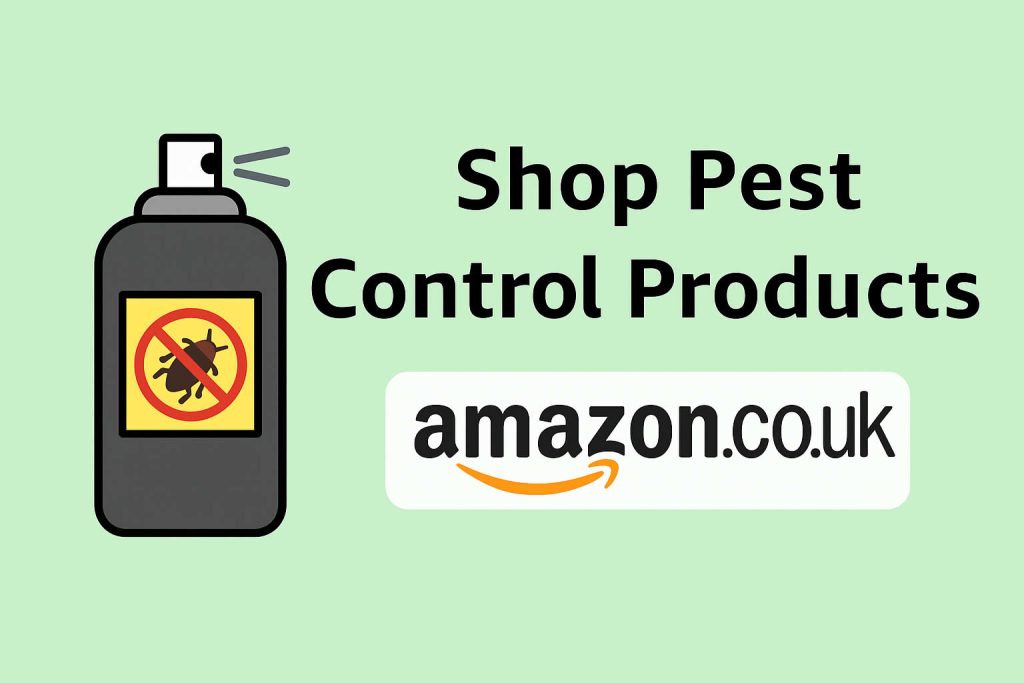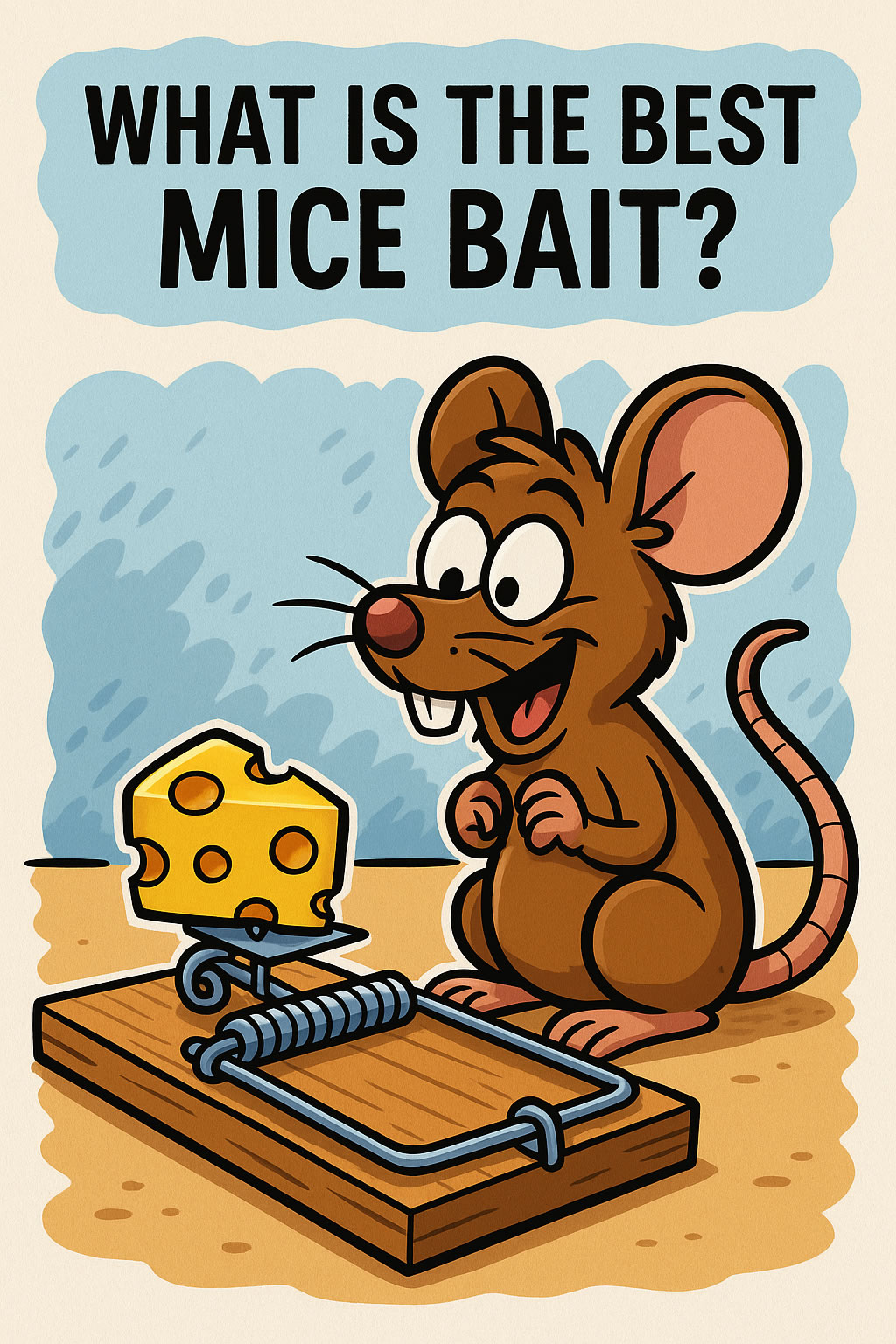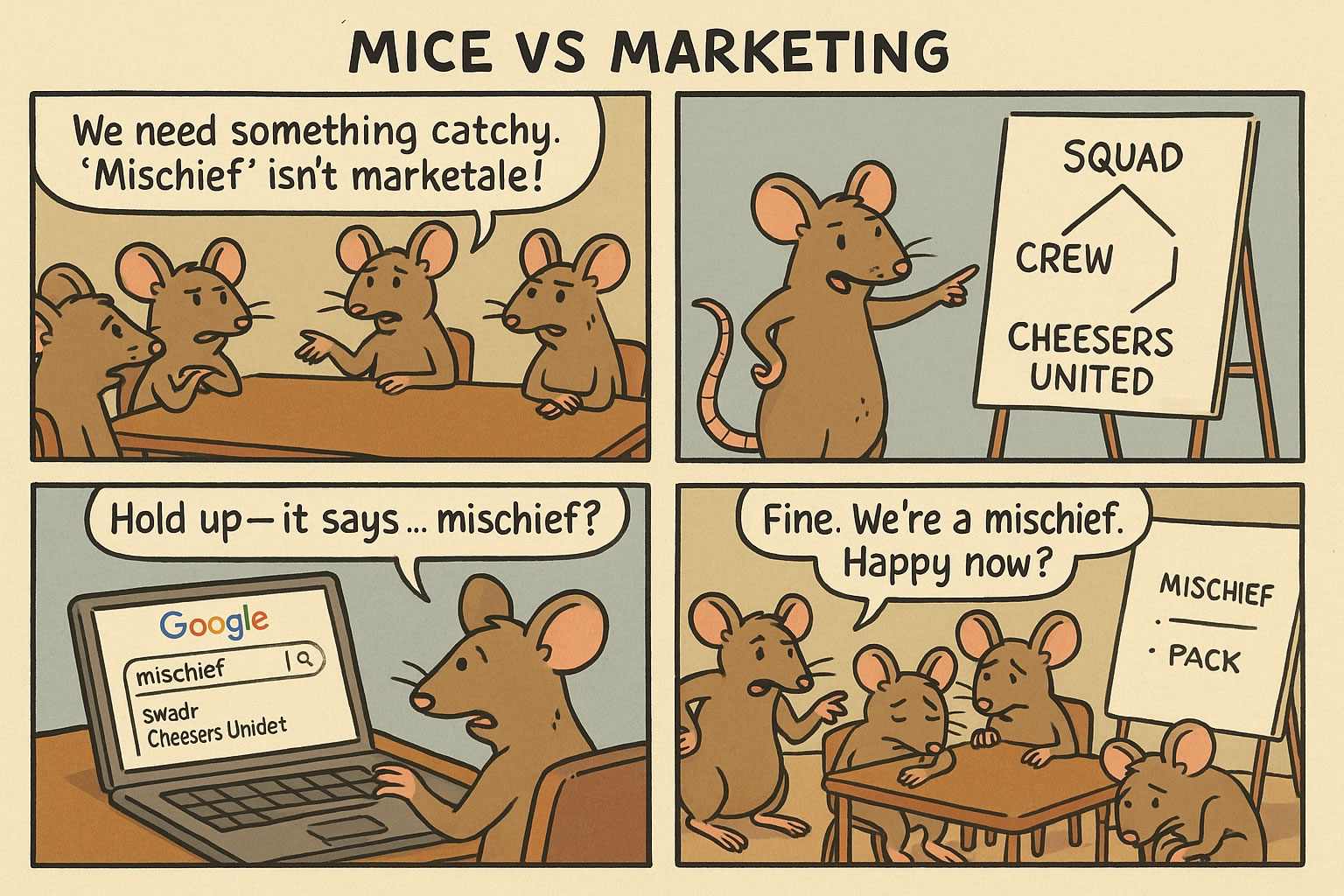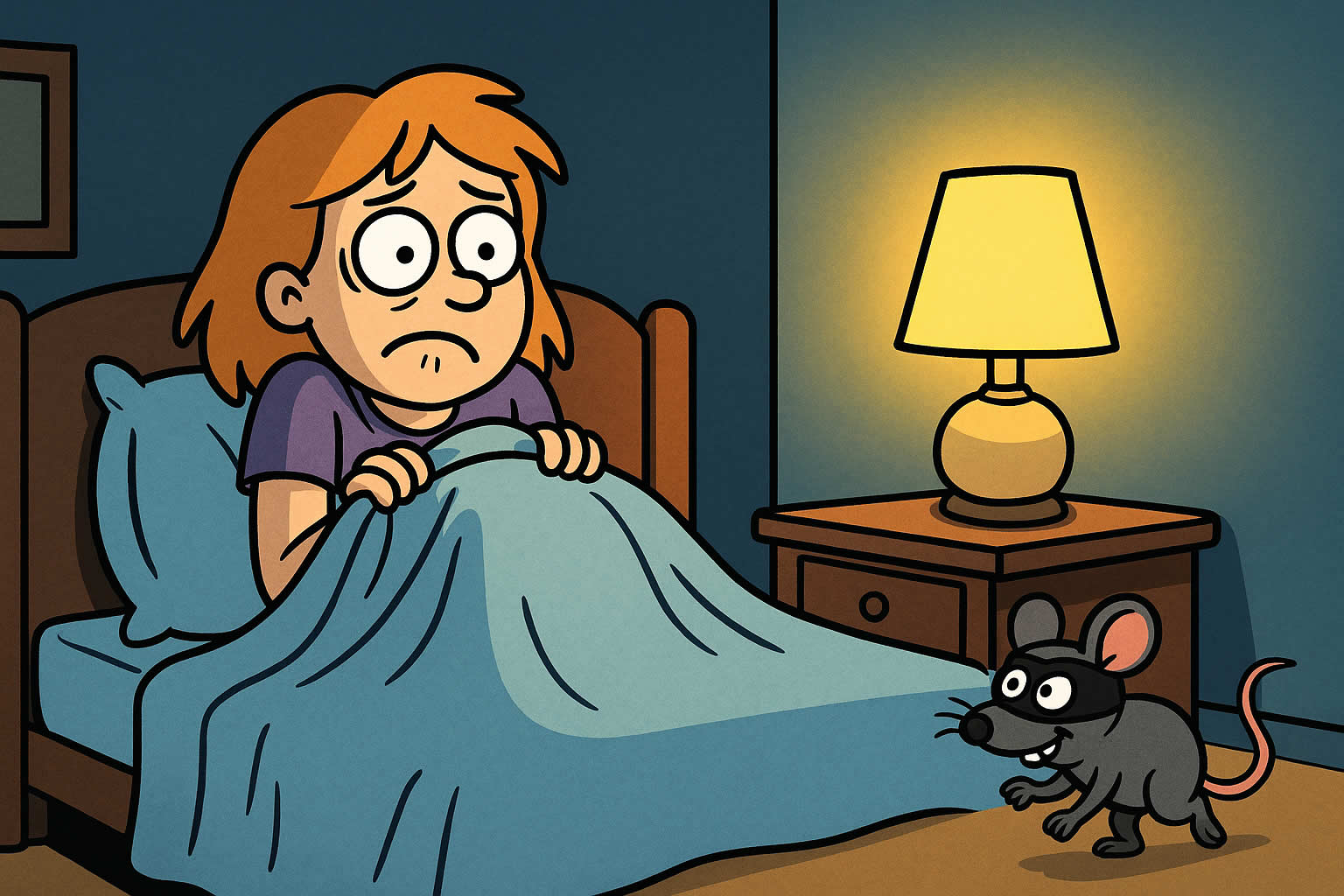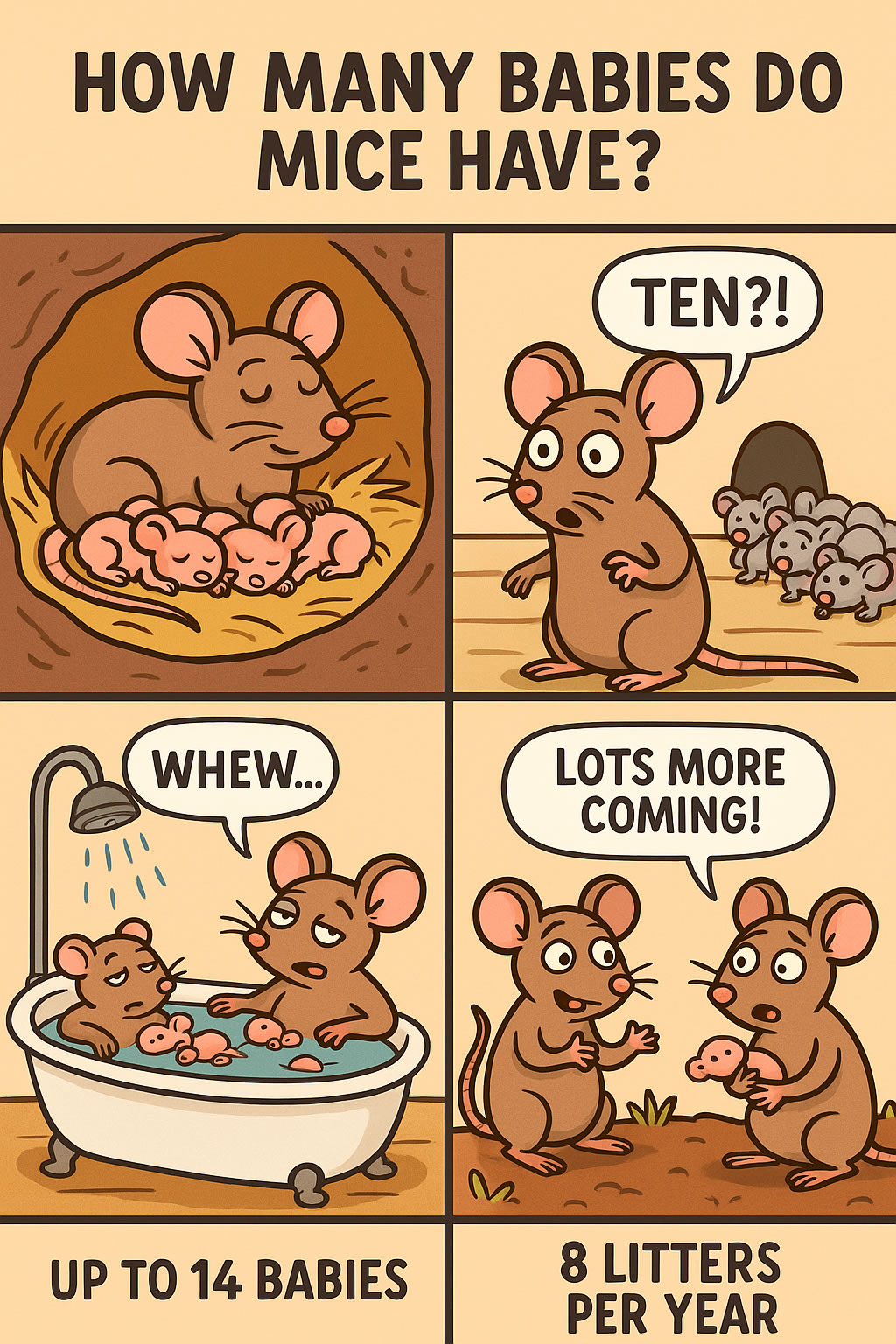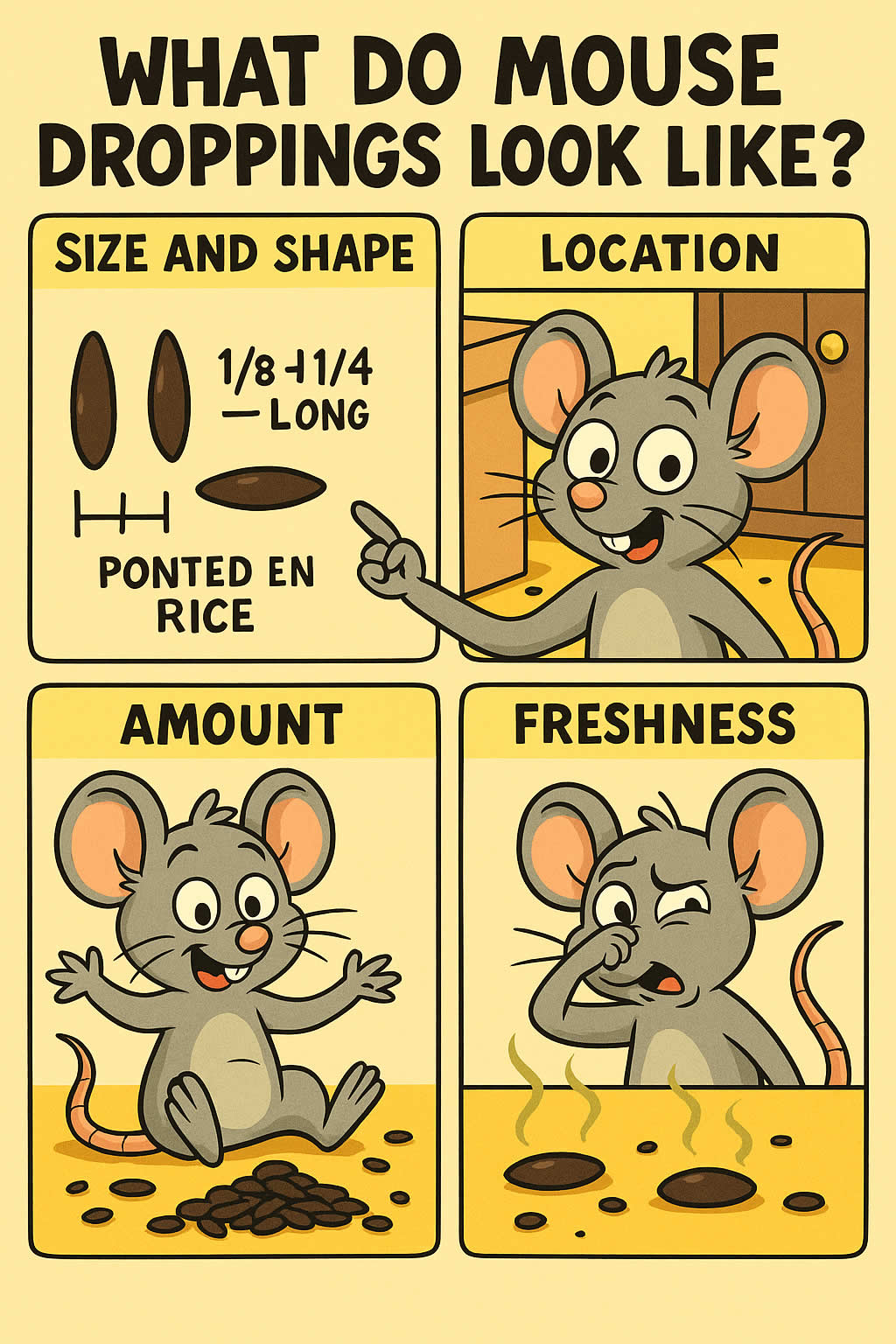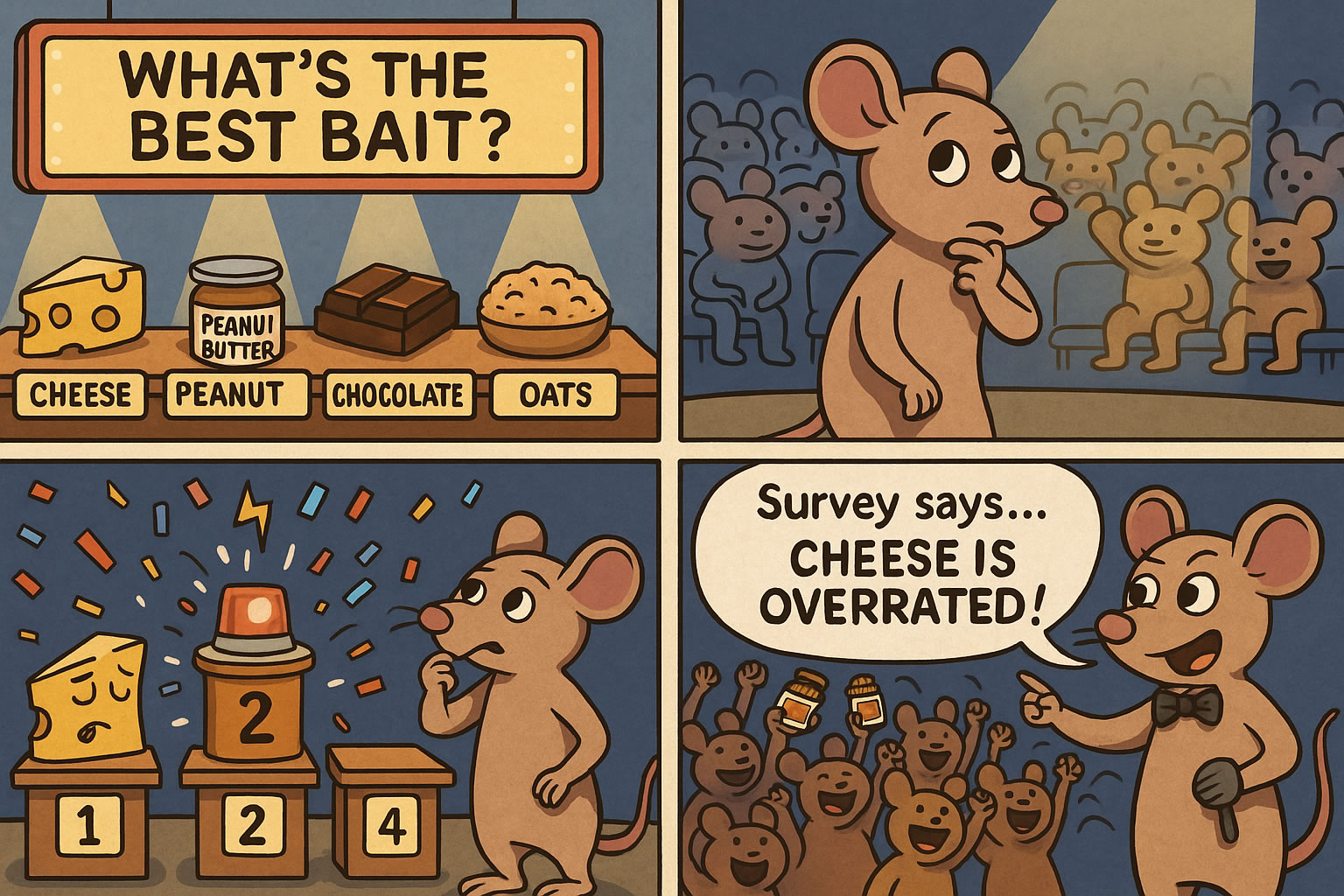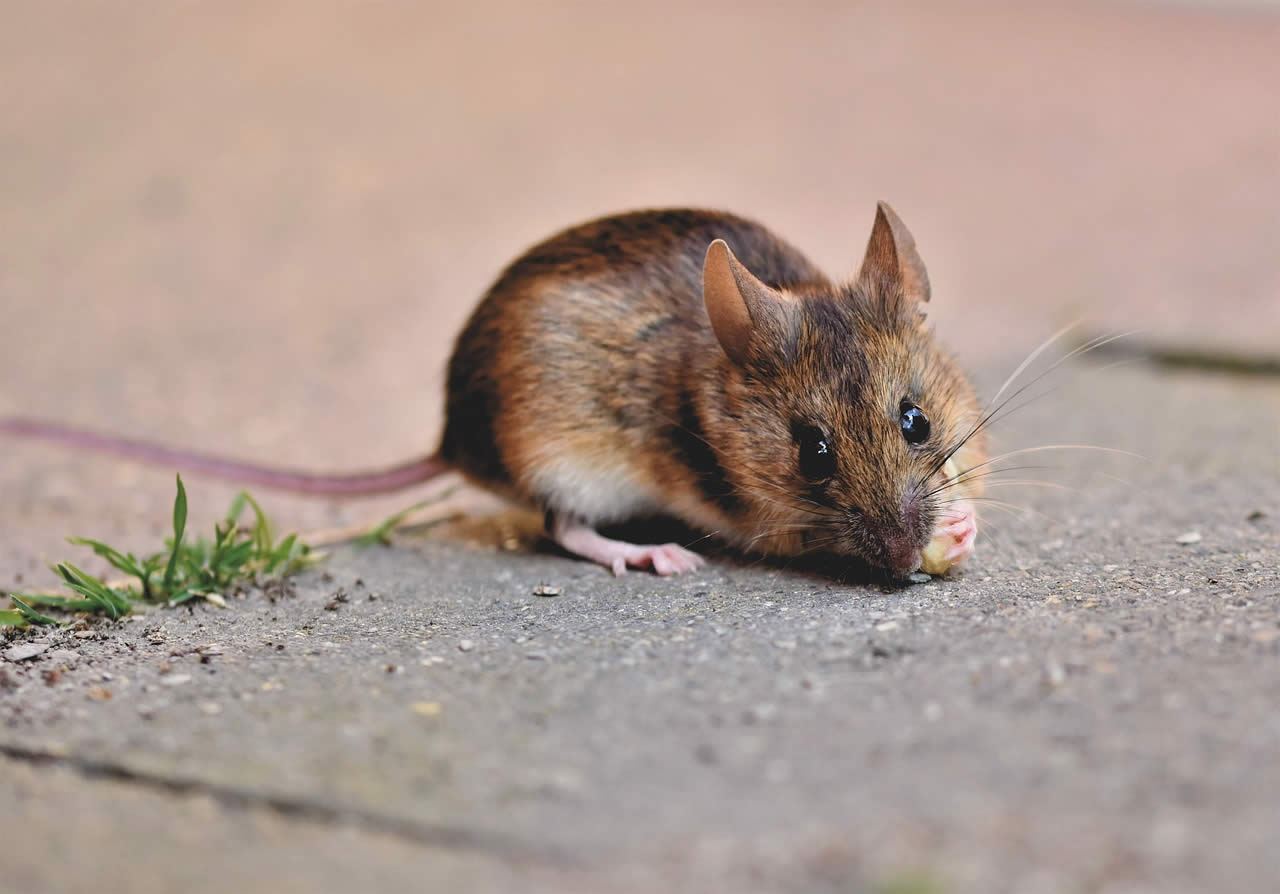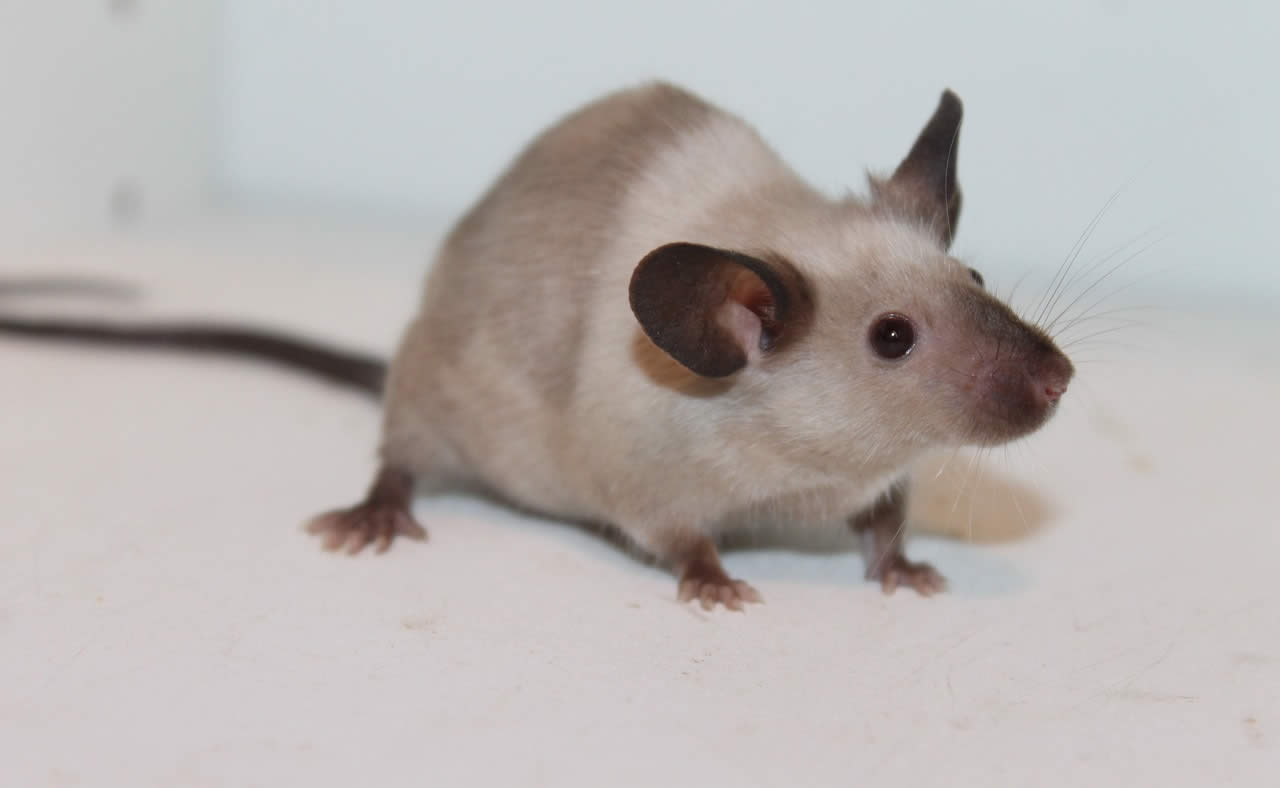Related Queries
ToggleIf you’ve spotted mouse droppings behind the bin, heard scratching at night, or noticed chewed wires, you’re not alone. House mice are one of the most common pests in UK homes—and once they settle in, they’re not easy to evict.
In this guide, based on over ten years of hands-on pest control experience across the UK, I’ll walk you through exactly how to get rid of house mice safely, effectively, and permanently. You’ll get real solutions that actually work—not myths, guesses, or half-measures.
Let’s start with the basics.
Why do mice come into your home in the first place?
House mice are clever, adaptable, and small enough to squeeze through a hole the size of a pencil. They come indoors for three reasons—food, warmth, and shelter. Once they find those three things, they’ll stay.
You might have an infestation and not even realise it at first. They’re mostly active at night and tend to stick to walls, voids, and hidden spots behind appliances.
Common signs of house mice include:
- Scratching or rustling noises at night
- Small black droppings (about the size of rice grains)
- Chewed food packaging or wires
- A strong, musky smell in cupboards or under floors
If you’re seeing or hearing these signs, it’s time to act—fast.
How do mice get into your house?
Most mice get in from the outside, through:
- Gaps around pipes or drainage points
- Air bricks and vents
- Cracked pointing or missing mortar in brickwork
- Gaps under external doors or garage doors
Once they’re inside, they spread. I’ve seen them nest in loft insulation, under kitchen units, behind fridge compressors—even inside wall cavities.
They don’t just stick to the ground floor either. Mice will go upstairs, into lofts, airing cupboards, and bedrooms—wherever they feel safe.
What’s the best way to get rid of house mice?
To get rid of mice properly, you need to do three things:
- Cut off their entry points
- Remove their food and shelter
- Trap or treat the infestation
Miss one of these steps, and they’ll come back.
Let’s break it all down.
Step 1: Seal up the gaps they’re using
This is where most people go wrong. If you only set traps or use poison without blocking entry routes, more mice will come in.
Start with a full check of your home. Look for gaps:
- Around pipework and boiler vents
- Behind kitchen units and appliances
- Along skirting boards and floor edges
- In the loft where roof timbers meet brick
Use the right materials to block holes:
- For small holes: steel wool packed in and sealed with silicone
- For larger holes: cement or expanding foam combined with wire mesh
- Over vents: fine galvanised mesh secured in place
- Under doors: brush strips or rubber door seals
Mice can chew through foam on its own, so always reinforce it.
Step 2: Eliminate food and nesting materials
Even the cleanest homes can attract mice. They’ll nibble through cereal boxes, dog food bags, and even crumbs under the toaster.
Here’s what helps:
- Store all dry food in airtight containers
- Clear up crumbs daily, especially under appliances
- Keep bin lids sealed
- Don’t leave pet food out overnight
- Remove clutter—mice love shredded paper, carrier bags, and old clothes for nesting
One trick I’ve used in lofts: clear out all stored cardboard and replace it with sealed plastic boxes. It makes a big difference.
Step 3: Trap the mice already inside
You’ve blocked their way in and cleaned up food. Now you need to deal with the mice that are still inside.
Snap traps are the most effective for DIY use. Choose strong, sensitive ones with an easy-release mechanism.
Good bait options include:
- Peanut butter
- Chocolate
- Sunflower seeds
- Bacon rind or oats with grease
Trap placement tips:
- Place them along walls, behind furniture, or near suspected nests
- Avoid open spaces—mice rarely cross the middle of a room
- Wear gloves when handling traps to avoid leaving human scent
Set several traps at once for better results. If you catch one mouse, reset immediately—there are usually more.
What about humane traps or repellents?
- Live-catch traps can work if checked frequently. But if you release the mouse nearby, it’s likely to come back—or find someone else’s home.
- Ultrasonic devices have mixed results. I’ve seen them deter activity temporarily, but mice get used to the sound.
- Peppermint oil, steel wool, and vinegar are all useful as part of your strategy—but none of them will clear an active infestation on their own.
When should you use poison?
Rodenticides can be effective, but they should be used carefully. If misused, poison can:
- Harm pets or wildlife
- Lead to dead mice in wall cavities (causing serious smell issues)
- Make the problem worse if food becomes more available elsewhere
Professionals are trained to place poison safely and legally, often using tamper-proof bait boxes in out-of-reach areas. If you’re unsure, leave it to an expert.
What if the mice keep coming back?
Sometimes, despite your best efforts, they do come back. That usually means:
- There’s an entry point you’ve missed
- You’ve removed adults but not dealt with nesting areas
- External food sources (like bird seed or compost) are attracting more
Our advice?
Set yourself a timeline. If the problem isn’t improving after two weeks of traps and sealing, bring in professional help.
Pest control companies use tools like:
- Thermal imaging to find nests
- Fibre-optic cameras to inspect wall voids
- Bait boxes with anticoagulants only available to licensed technicians
Should you call a pest control professional?
Yes—especially if:
- You’re still hearing mice after sealing and trapping
- You’ve caught several but the signs continue
- There’s damage to wiring, insulation, or property
- The smell is getting stronger (which might mean a dead mouse in a wall)
A professional will:
- Find the exact access points
- Eliminate hidden nests
- Treat the entire infestation safely
- Advise on long-term prevention specific to your home
When is the best time to get rid of house mice?
Autumn and winter are when most infestations start. Mice come inside when the weather turns cold and food gets harder to find outdoors.
Peak activity times:
- September to March
- At night between 11pm and 4am
- During home renovations or loft work, when nests get disturbed
Timing calendar tip:
Do a full home check at the start of autumn—block entry points, lay traps as a precaution, and store food properly. That proactive step can stop an infestation before it even begins.
How do you know if all the mice are gone?
A few signs you’ve won the battle:
- No new droppings for over a week
- Traps left untouched for 10+ days
- No night-time noises in walls or ceilings
- No new chew marks on food or materials
Give it two quiet weeks before relaxing. Keep monitoring monthly for the next six months—especially in winter.
Home-tested hacks that can make a big difference
These aren’t miracle cures—but they help:
- Sprinkle talc or flour near traps to track movement paths
- Use a UV torch to spot urine trails (especially useful in cupboards)
- Hang small mesh bags of peppermint near entry points
- Line the back of loft hatches with wire mesh to stop re-entry
Success story: Loft nest cleared in one week
One homeowner in Leeds had mice nesting in the loft insulation. They had done:
- Sealed the eaves with wire mesh
- Cleared shredded paper and cardboard
- Laid six snap traps baited with peanut butter
- Checked daily and reset as needed
Within seven days, activity stopped. Two months later, still no signs. Prevention and persistence always win.
What not to do when dealing with house mice
- Don’t assume it’s “just one mouse”
- Don’t ignore signs upstairs or in lofts
- Don’t rely on smell-based deterrents alone
- Don’t leave traps for weeks without checking them
- Don’t use poison unless you know where the mouse will die
How To Get Rid Of House Mice – Final Thoughts
Getting rid of house mice isn’t just about catching one or two—it’s about shutting down the whole operation.
When you combine:
- Thorough sealing
- Smart trap placement
- Clean living areas
- Professional help when needed
…you don’t just fix the problem—you stop it from happening again.
House mice aren’t just a nuisance. They chew wires, spread bacteria, damage food, and keep you awake at night. But if you take the right steps, you can get your home mouse-free—and keep it that way.
Pest Control Knotting – Pest Control Church End, Totternhoe – Pest Control Northumberland
